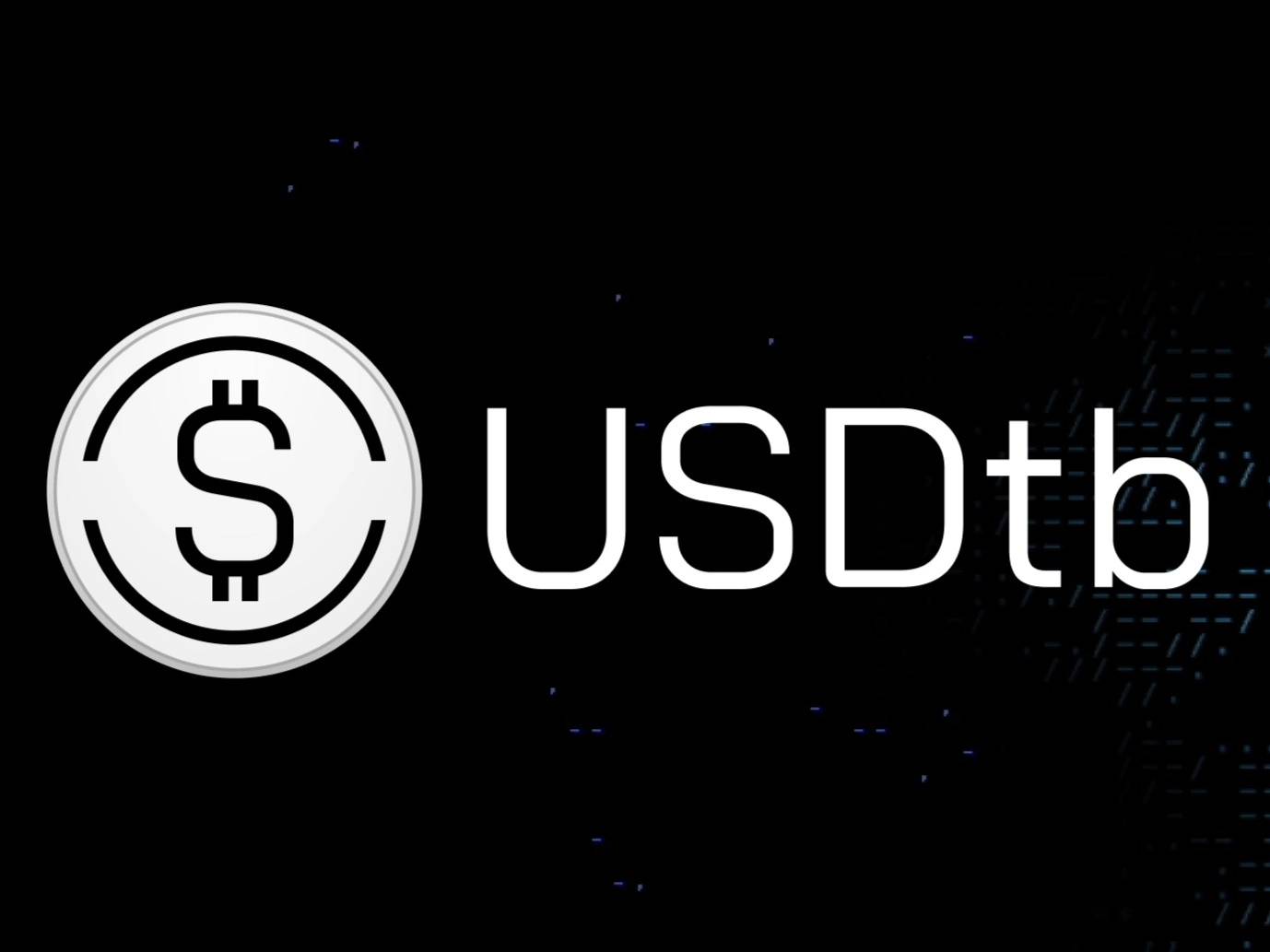Subscribe to wiki
Share wiki
Bookmark
USDtb
USDtb
USDtb is an Ethena ecosystem stablecoin launched in December 2024 and is backed by Blackrock’s BUIDL and designed for use on blockchain networks, enabling faster and cheaper transactions compared to traditional banking systems. [1] [5]
Overview
USDtb is a blockchain-based stablecoin backed by tokenized U.S. Treasury fund products and a stablecoin reserve to support liquidity and redemption. Its initial collateral includes BlackRock’s USD Institutional Digital Liquidity Fund Token (BUIDL). Developed by Ethena, USDtb is designed to offer faster and more cost-efficient transactions than traditional fiat systems, while serving as a lower-risk alternative within Ethena’s ecosystem during periods of market volatility.
Minting and redemption are conducted through a smart contract system with strict KYC/AML compliance, supply limits, and designated custodians. USDtb maintains transparency through visible on-chain wallet activity and monthly fund reports. Although usable for payments, trading, and value storage, holders do not gain governance rights or income from the underlying assets. [1] [2]
Aave Integration
USDtb achieved a significant milestone by reaching $25.8 million in borrowings on AAVE, a decentralized lending and borrowing marketplace. This record high was reported by market analyst Sentora. The surge in borrowings followed USDtb's integration into Aave’s Core Instance on May 12, 2025, which facilitated deeper loan utilization and higher money utilization on the platform. This integration underscored USDtb's growing importance within the decentralized finance (DeFi) ecosystem. The backing of USDtb by BlackRock’s tokenized funds, which invest in US Treasury securities and other government obligations, has contributed to its position as a reliable digital dollar alternative, demonstrating the legitimacy of the DeFi landscape to traditional finance investors. The partnership between Ethena’s USDtb and BlackRock’s BUIDL fund has leveraged this strong backing to create more borrowing opportunities within the decentralized world, serving as a bridge connecting traditional investment networks with decentralized systems. The rising interest in stablecoins within DeFi is evident from USDtb’s achievement on AAVE, suggesting robust demand for its usage in various DeFi investment activities such as staking, derivatives trading, and cash flow management. [6]
USDtb Architecture
USDtb is structured to operate independently and remain bankruptcy-remote from affiliated entities. It is issued by Pallas (BVI) Ltd., a limited liability company incorporated in the British Virgin Islands. The foundation is overseen by an independent director and exists solely to support USDtb’s operations and infrastructure.
Pallas (BVI) Ltd. is the sole shareholder of Pallas Fund (BVI) Ltd., a private investment fund recognized by the BVI Financial Services Commission. This fund manages the assets backing USDtb and holds tokenized U.S. Treasury products in institutional custodial accounts. The fund’s investment manager, Athene Management Limited—an affiliate of Ethena Labs—is retained under a service agreement and does not hold management shares. Governance is maintained by independent directors with no overlap across Pallas Foundation, Pallas Fund, or Athene, ensuring separation of roles and operational integrity. [3]
USDtb Minting
The USDtb minting and redemption process is governed by a smart contract system that executes cryptographically signed instructions from a single administrative entity. Orders are signed using EIP-712 or EIP-1271 standards and rely on an off-chain Request-for-Quote (RFQ) system to determine pricing. A benefactor submits the signed order to the RFQ server, which retains last-look rights and applies strict validations before permitting on-chain execution.
Key parameters include:
- Max Mint/Redeem per Block (by Asset): Limits the amount of USDtb minted or redeemed in one block per asset type, adjustable by the administrator.
- Global Max Mint/Redeem per Block: Caps the total mint/redeem volume per block across all asset types, also adjustable by the administrator.
- Delegate Signers: Allows approved addresses to assign signing rights to another address through a two-step delegation process, enabling smart contracts to authorize externally owned accounts.
- Custodians: Only admin-approved custodians can receive assets from the mint process.
- Benefactor: A pre-approved entity holding assets used in the minting process, permitted to receive USDtb under the terms of the USDtb Mint User Agreement.
- Beneficiary: A designated address, assigned by a benefactor, authorized to receive USDtb from the minting process. [4]
Tokenomics
USDtb is a fully collateralized stablecoin pegged 1:1 to the U.S. dollar. Each token is backed by a mix of institutional-grade assets: approximately 80% in BlackRock’s BUIDL treasury fund and 20% in USDC reserves. This ensures full collateralization at all times.
The token’s supply adjusts dynamically based on demand, with new tokens minted only when verified users deposit approved assets of equal value. All minting and redemptions are subject to strict controls to maintain the peg.
While minting is limited to KYC-approved users, once issued, USDtb can be transferred and traded freely across supported blockchain platforms. The token does not carry governance rights or entitle holders to revenue from backing assets. [2]
Exchange Listings and Utility
USDtb has expanded its reach through listings on centralized exchanges, enhancing its utility and accessibility. Cryptocurrency exchange Bybit listed USDtb and made it available as margin collateral within a week of March 6, 2025. Bybit was the first CeFi Exchange to support USDtb. To incentivize usage, Bybit offers clients rewards for holding or using USDtb anywhere on the platform, allowing users to earn up to 5.00% APR, paid daily. This move by Bybit occurred as the stablecoin market became increasingly competitive and regulatory discussions in the U.S. regarding stablecoins progressed. Ethena Labs stated that USDtb's reserve assets are held with custodians in segregated, onchain, and public wallets, with real-time transparency information available via the blockchain and their Transparency page. [7] [5]
See something wrong?
